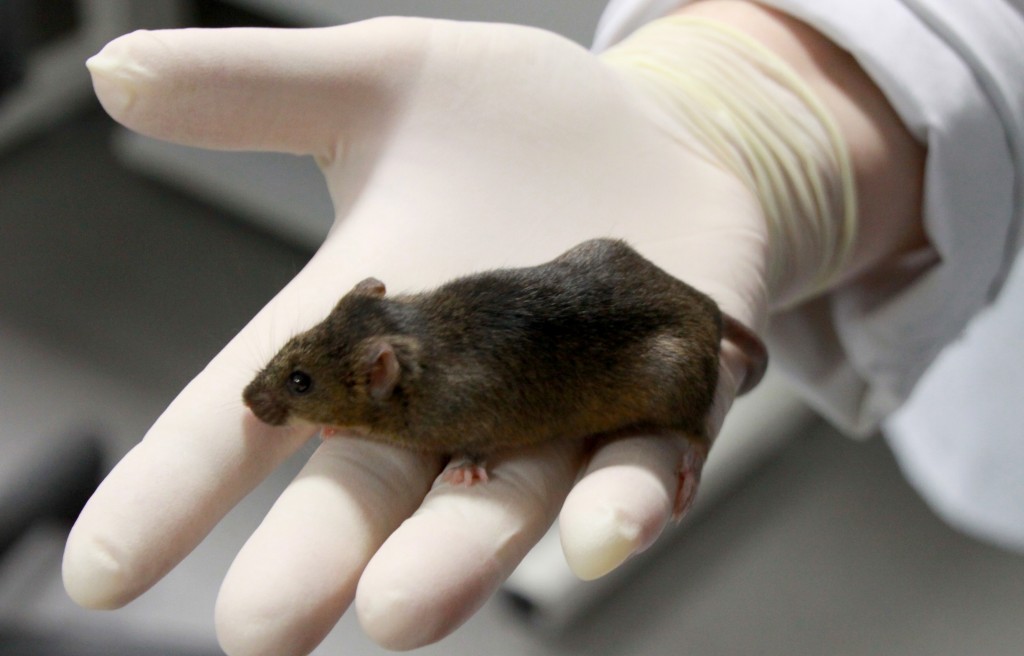

Animal models
Vascular animal models :
- Arterial hypertension (L-NAME, Angiotensin II, renal artery stenosis)
Animal model: rat, mice
These models are characterized by the inhibition of endothelial NO synthase after LNAME administration in drinking
water or increase the plasma concentration of angiotensin II (AII) (stenosis of renal artery or implantation of osmotic minipompe of IIA). These models can be studied between 2-4 weeks.
- Pulmonary Arterial Hypertension
Animal model: rat, mice
Model induced by hypoxia during 2-5 weeks (Hypoxic chamber).
Cardiac animal models :
- Septic shock
Animal model: rat
Method: intravenous injection of lipopolysaccharide of Escherichia coli. This model can be studied between 3 pm – 24 hours post-injection.
- Ischemic heart failure
Animal model: rat
Method: left coronary artery ligature with a study during the acute phase of myocardial infarction or later, up to 12 weeks post-ligature, with 2 levels of heart failure, compensated and decompensated.
- Progressive cardiac conduction disease
Animal model: heterozygous knock-out mice for the gene Scn5a which code the sodium channel Nav1.5.
- Dilated cardiomyopathy
Animal model: rat
induced by chronic treatment with Adriamycin
Pulmonary animal models:
- Acute asthma models: study of asthma exacerbations (ovalbumine or house dust mite extract)
It takes about 4 weeks (depending on protocol) and allows the generation of effectors T cells in asthma (no clinical symptom appears during this phase). This leads to the generation of inflammation when animals receive antigen exposure directly to the lungs via nasal instillation.
- Chronic asthma models for the study of airway remodeling in asthma (ovalbumine or house dust mite extract)
These protocols take about 16 weeks (depending on protocol) and do not lead to any clinical symptoms. Mice are sensitized the first 3 weeks with allergen. Then during the following weeks, mice are regularly anesthetized to receive antigen exposure directly to the lungs via nasal instillation.
Digestive animal models :
- Disorder of the digestive motricity (adult and newborn)
atresia of the hail; SRF – SM – create (T2)
- Intestinal inflammatory diseases (rats, mice)
TNBS (chemo-induced colitis), IL10-/- (enterocolitis mimicking Crohn’s disease)
- Neurodegenerative diseases (mouse, rat)
Rat Tg α-synuclein human, mouse rotenone…
Onco-hematology
- Sub-cutaneous xenograft mouse models
- Disseminated mouse models in development




